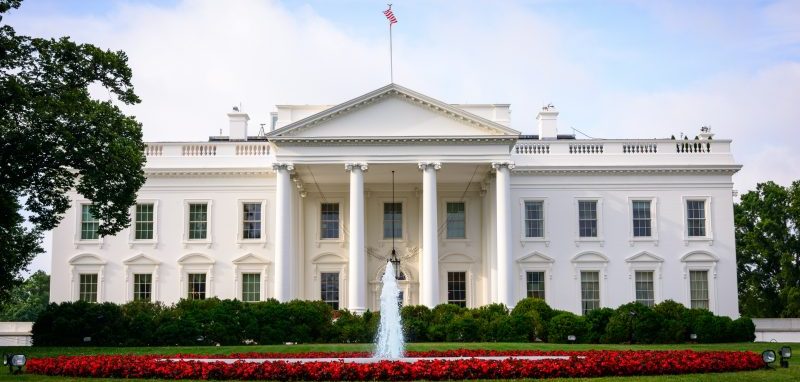The federal government’s strategy for using cloud services is getting a fresh coat of paint as agencies grapple with modernizing aging IT systems.
The Office of Management and Budget is spearheading the plan, which comes over seven years after the federal government’s initial blueprint.
“In the next few months, we’re releasing the new federal cloud computing strategy we are tentatively calling Cloud Smart,” said Bill Hunt, OMB’s Digital Services Expert.
As part of a larger effort to modernize government IT systems, the administration tasked several agencies, including OMB, with updating the government’s 2011 Cloud First Policy.
The new cloud strategy will “provide additional guidance to agencies on the most impactful use cases for cloud adoption and how best to conduct appropriate operational security in cloud environments,” according to an IT modernization report to the president last year.
More specifically, Hunt said at a June 13 cloud computing summit hosted by ATARC, the strategy would address the federal government’s cloud practices regarding procurement, security and its workforce.
The OMB official added that the plan’s details were generated after huddling with other agencies about the challenges cloud presents them.
“We’re definitely going to put it out there for public comment,” Hunt said of the upcoming strategy. “We’re trying to look at the actual barriers agencies are facing.”
“Everyone universally agrees we should be going [to the cloud],” he continued. The issue is that cloud is still not widely adopted across government.
“We’re trying to find new ways to get people to go to cloud,” Hunt said.
Eliminating Barriers to Cloud Adoption
Former President Barack Obama’s administration published the federal government’s first cloud computing strategy in 2011.The strategy was aimed at making the federal government “more efficient, agile, and innovative through more effective use of IT investments.”
The document also included a so-called Cloud First Policy, which required agencies to evaluate safe, secure cloud computing options before making any new investments.
Hunt noted some agencies are lagging on adopting cloud services, adding that President Trump’s administration is working on eliminating obstacles slowing migration.
“A lot of the concerns all of you have around the cloud are actually policy concerns,” he said. “This administration really believes in removing those barriers.”
Hunt additionally cautioned agencies against considering cloud services as a uniform process across the entire federal government. “There’s no one size fits all approach,” he said. “It’s really going to depend on your mission, it’s going to depend on your budget, it’s going to depend on your team.”
“Look at your business case; look at your users,” he added. “Look at how you can best serve them.”
Cloud was initially seen as a more efficient, inexpensive way of computing and storing data, but newer innovations have helped the public reap other benefits from the technology.
Cloud’s value to IT is now more widely accepted, and it is often a cornerstone of modernization efforts at all government levels.
Hunt declined to share other details about the federal government’s cloud strategy for now, but stressed the importance of agencies sharing their best practices around cloud.
“You have to do the transfer of the knowledge, he said. “You have to see what your peers at the agencies have done.”





Leave a Reply
You must be logged in to post a comment.